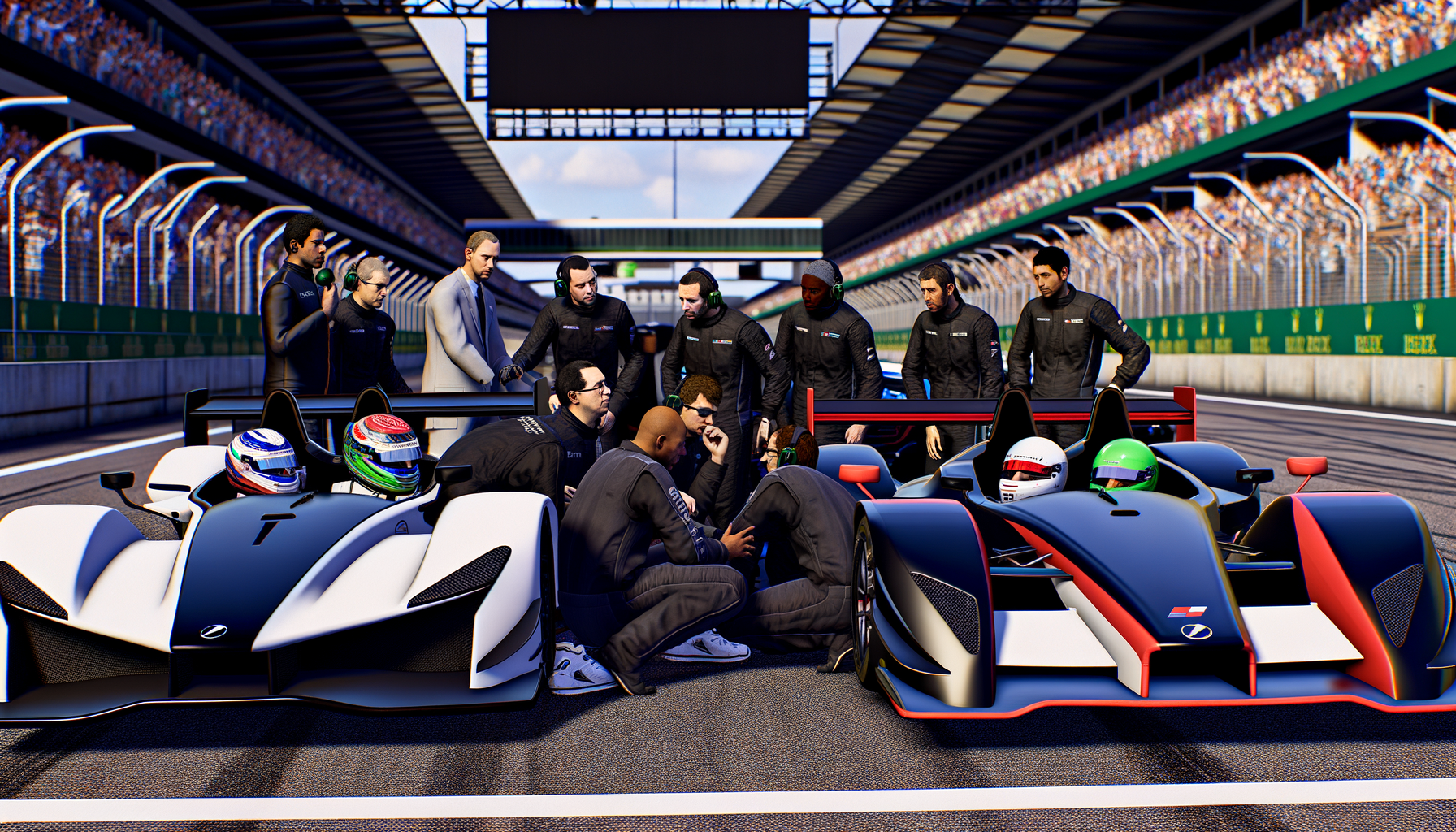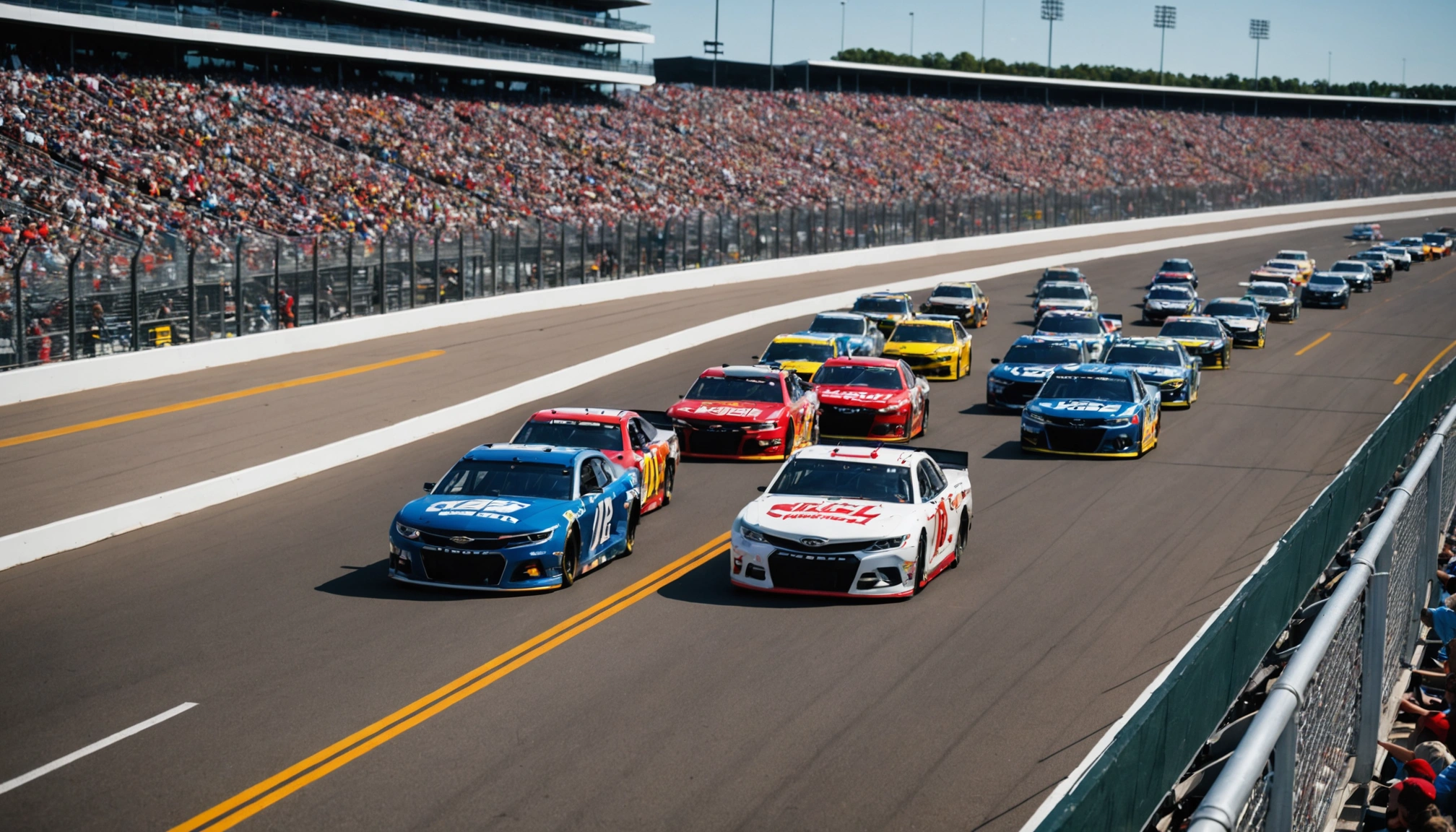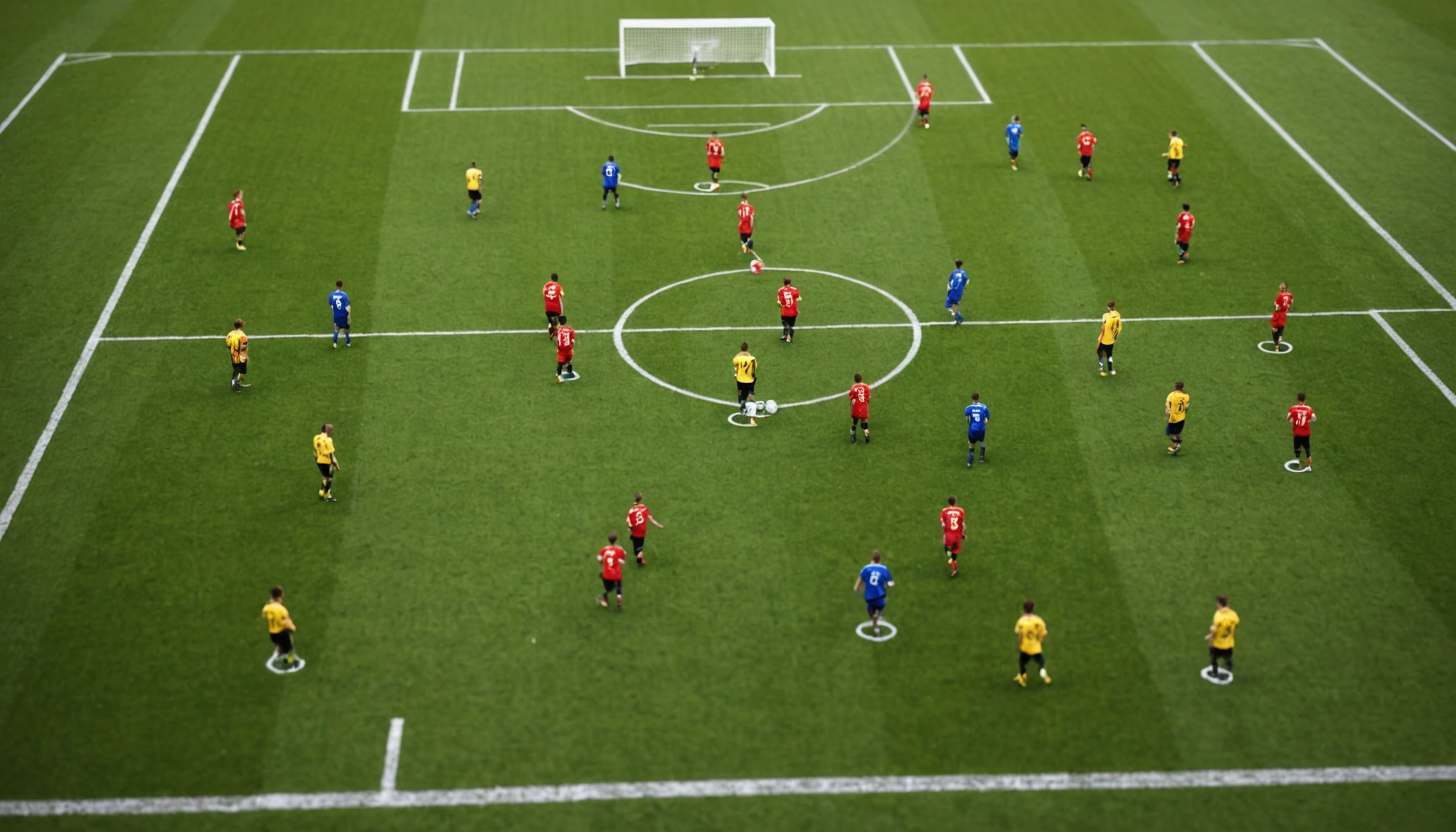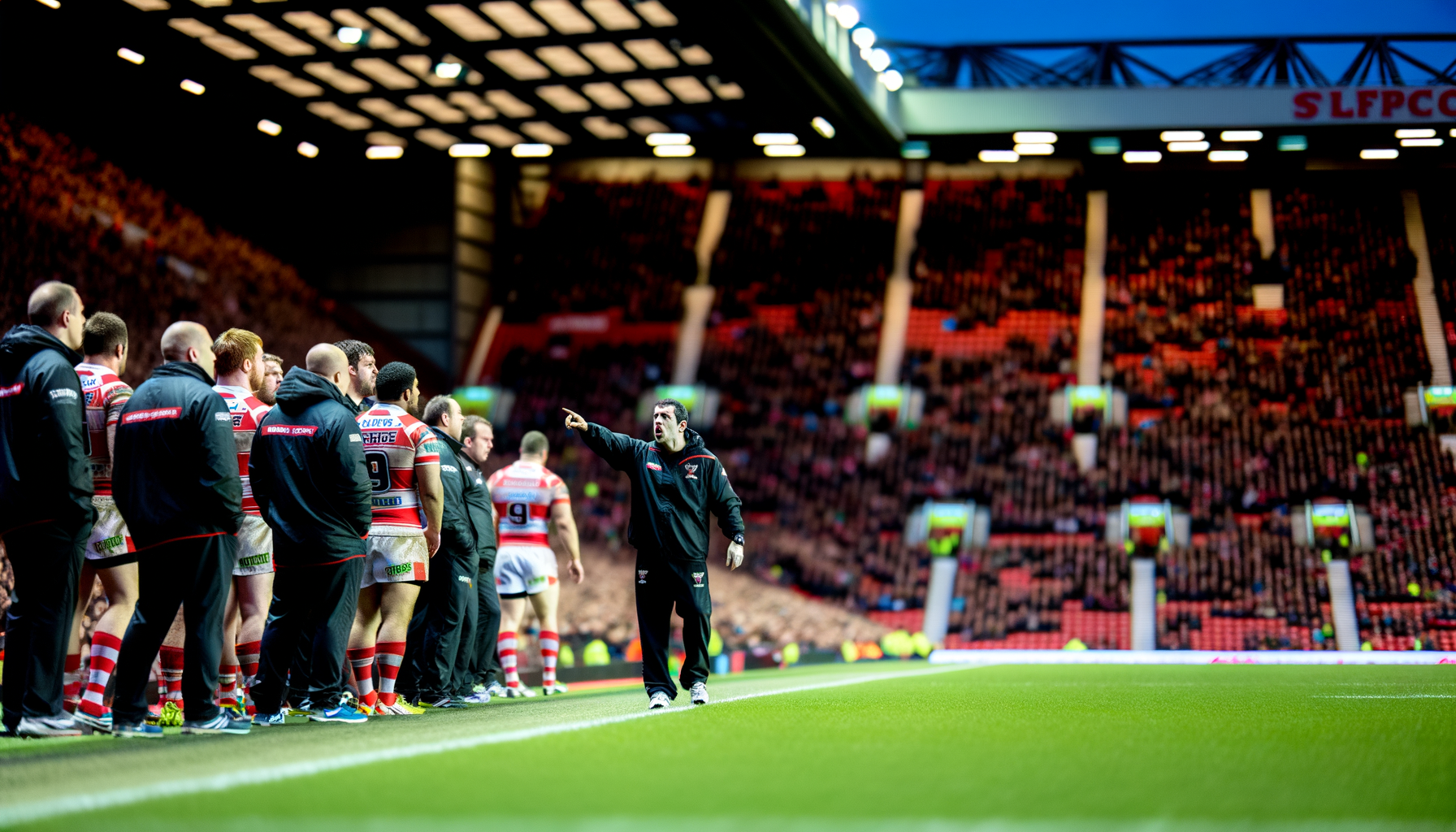The Challenges Kalle Rovanperä Faces In His Single-Seater Switch
Explore the key challenges Kalle Rovanperä faces as he transitions from rallying to single-seater racing, including skill adaptation and competition intensity.
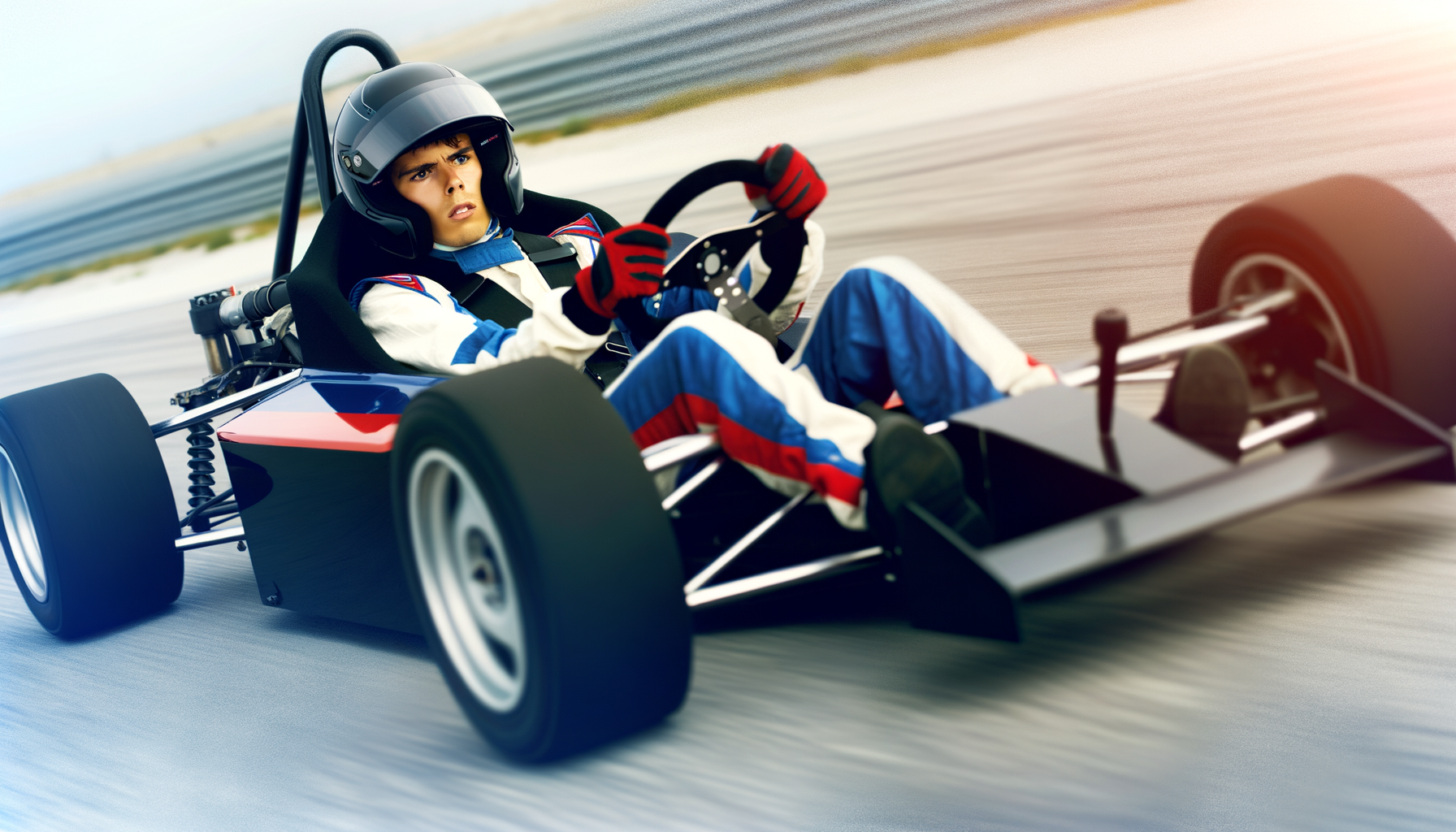
By Editorial
Introduction To Kalle Rovanperä's New Racing Chapter
Kalle Rovanperä, celebrated for his rapid rise in the world of rallying, is now stepping into the demanding arena of single-seater racing. This transition is a bold move that poses numerous challenges for the young Finnish driver. Understanding these hurdles sheds light on the complexity of switching disciplines in motorsport and the skills required to succeed.
Understanding The Differences Between Rallying And Single-Seater Racing
At first glance, rallying and single-seater racing might seem similar, but the differences are profound. Rally drivers like Rovanperä navigate varying terrains and unpredictable conditions, relying heavily on pace notes and split-second decisions. Conversely, single-seater racing demands precision on closed circuits with consistent lap times and intense wheel-to-wheel battles.
Technical Variations In Driving Styles
Rally cars are designed for versatility and durability across dirt, gravel, and tarmac, which encourages a driving style focused on car control and adaptability. Single-seater vehicles, such as those used in Formula 3 or Formula 2, prioritise aerodynamic efficiency and high-speed cornering, requiring a finesse and consistency less emphasised in rallying.
Physical And Mental Demands Of Single-Seater Racing
One of the most significant challenges Rovanperä faces is adapting to the intense physical strain of single-seater racing. Drivers endure sustained high G-forces, particularly lateral loads in corners, which demand exceptional neck and core strength. This contrasts with rallying, where bursts of effort are interspersed with variable pacing.
Mental focus shifts as well. Single-seater races require maintaining peak concentration over a relatively short but intense race distance, often with strategic pit stops and tyre management. Rallying, meanwhile, tests endurance over longer stages and unpredictable conditions.
Learning The Circuit Racing Craft
For Rovanperä, mastering circuit racing techniques is crucial. This includes understanding racing lines, braking points, and tyre wear patterns. Unlike rally stages that change daily, circuits are predictable, allowing competitors to analyse data and optimise performance lap by lap.
Joining competitive single-seater series also means adapting to close-quarter racing, where overtaking opportunities are limited and precision is paramount. It’s a stark contrast to rallying’s time-trial format, where direct competition on track is indirect.
Case Study: Successful Transitions In Motorsport
History offers examples of drivers who have successfully managed such transitions. For instance, Kimi Räikkönen, also Finnish, moved from rallying to Formula 1, eventually becoming a world champion. His journey underscores the importance of dedicated training and gradual adaptation.
Similarly, past rally drivers like Carlos Reutemann moved to single-seaters and found success by focusing on developing the nuances of circuit racing. These cases highlight that while challenging, the transition is achievable with the right approach.
Support Systems And Training Programmes
Rovanperä’s team recognises these challenges and has implemented comprehensive physical training regimes and simulator sessions to accelerate his learning curve. These programmes focus on improving reaction times, endurance, and familiarity with single-seater dynamics.
Moreover, integrating data analysis tools helps Rovanperä and his engineers fine-tune his performance, an aspect less prevalent in rallying but critical in circuit racing. Such support is vital to bridging the gap between disciplines.
The Competitive Landscape And Future Prospects
Entering single-seater racing places Rovanperä in direct competition with drivers who have honed their craft over years on circuits. Series like FIA Formula 3 and Formula 2 are known for their depth of talent and fierce rivalry.
Success here can open doors to Formula 1, the pinnacle of motorsport. However, it requires consistent performance and adaptation to the strategic elements of racing like tyre conservation and qualifying tactics. Fans can follow the evolving story of drivers like Rovanperä, much like following other thrilling sports moments such as Alcaraz securing the US Open title in a thrilling showdown, showcasing the drama sport can bring.
Conclusion: What Lies Ahead For Kalle Rovanperä
The switch from rallying to single-seater racing is a formidable challenge that tests every aspect of Kalle Rovanperä’s skill set. From adapting his driving style and physical conditioning to mastering circuit tactics and managing fierce competition, the journey is demanding but filled with potential.
As Rovanperä continues to develop, his progress will be a fascinating case study in motorsport versatility. For those interested in broader sports narratives, exploring resources like comprehensive cricket scores and fixtures guide offers insights into how athletes adapt and excel in their fields.
Ultimately, Rovanperä’s dedication and talent will determine how successfully he navigates this transition, possibly inspiring future generations of drivers to follow diverse motorsport paths.
Related topics
Editorial
Sports expert at SportsScoop
Specialist in sports analysis and journalism
Related articles
Want to read more?
Explore our comprehensive collection of sports articles and analysis, or contact us for more information.
